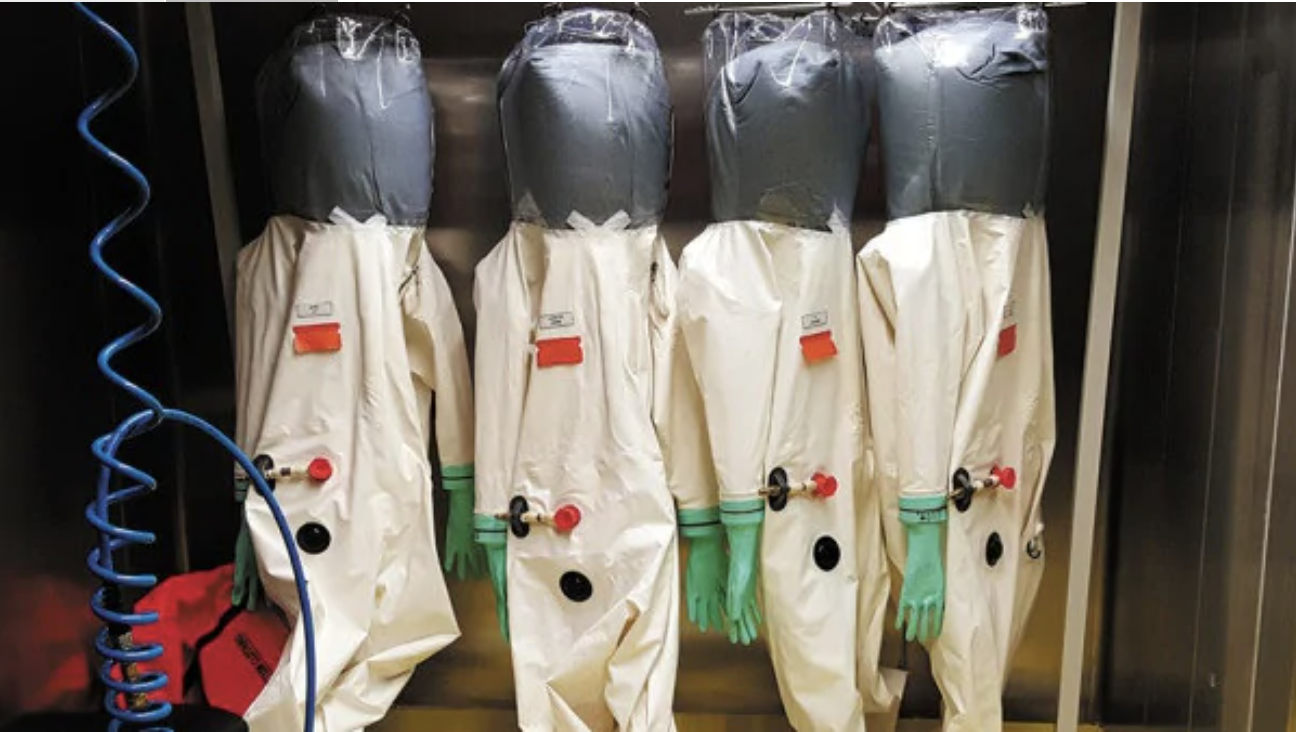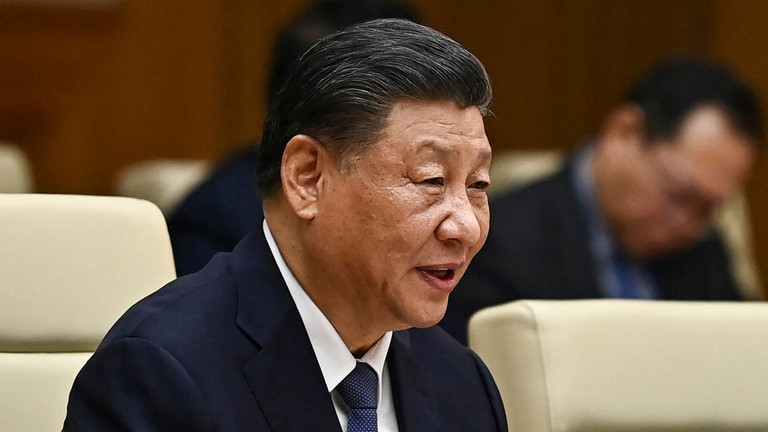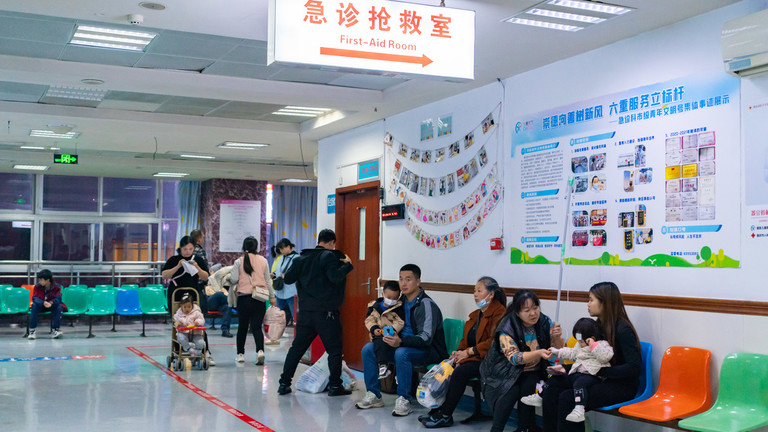This article is more than
4 year oldChinese scientist’s chilling warning

The Chinese scientist who was the first in the world to discover the gene sequence for COVID-19 issued a chilling public prediction on the risk of future bat-borne virus pandemics years before the current outbreak.
Dubbed “Batwoman” of Wuhan by her colleagues after years of virus-hunting expeditions in bat caves she described as “spellbinding”, Shi Zenghli has been warning the world for years that the wildlife trade of bats, civets, and other animals was a recipe for disaster.
Five years ago, she was a co-author of a paper that contained a public warning that the SARS virus outbreak “heralded a new era in the cross-species transmission of severe respiratory illness with globalisation leading to rapid spread around the world and massive economic impact.”
“Although public health measures were able to stop the SARS-CoV outbreak, recent metagenomics studies have identified sequences of closely related SARS-like viruses circulating in Chinese bat populations that may pose a future threat,’’ the paper states.
RELATED: Follow the latest coronavirus developments
RELATED: ‘Batwoman Shi Zenghli defends ‘world-class lab’
Around the same time, Dr Shi also delivered a Ted Talk on the history of bat-bourne viruses including the Hendra outbreak in Australia where she worked with the CSIRO.
In the presentation, she warned that more SARS-style viruses were lurking in bat caves and humans were to blame for putting “pig farms next to bat colonies”.
“Even though we have been looking for so many viruses for so many years, SARS didn’t come back,’’ she said.
“But in fact, in nature, these viruses similar to SARS … Actually it’s still there.
“If we humans do not become vigilant, the next time the virus gets infected, either directly or through other animals. This possibility is entirely possible.”

Picture: Johannes EiseleSource:AFP |
Dr Shi is now at the centre of a diplomatic war of words between the US and China over claims the Chinese government “covered up” her COVID-19 discoveries during a critical week in January.
She was among the first scientists in the world to learn COVID-19 was killing people in her hometown of Wuhan after authorities asked her team to analyse blood samples on December 30.
On February 3, her team was the first to publicly report the mystery virus in Wuhan was a bat-derived coronavirus.
“Here we report on a series of cases caused by an unidentified pneumonia disease outbreak in Wuhan, Hubei province, central China,’’ the paper states.
“This disease outbreak — which started from a local seafood market — has grown substantially to infect 2761 people in China, is associated with 80 deaths and has led to the infection of 33 people in 10 additional countries as of 26 January 2020. Typical clinical symptoms of these patients are fever, dry cough, breathing difficulties (dyspnoea), headache and pneumonia. Disease onset may result in progressive respiratory failure owing to alveolar damage and even death.
“Samples from seven patients with severe pneumonia (six of whom are sellers or deliverymen from the seafood market), who were admitted to the intensive care unit of Wuhan Jin Yin-Tan Hospital at the beginning of the outbreak, were sent to the laboratory at the Wuhan Institute of Virology (WIV) for the diagnosis of the causative pathogen. As a laboratory investigating CoV, we first used pan-CoV PCR primers to test these samples13, given that the outbreak occurred in winter and in a market — the same environment as SARS infections.”

Picture: Hector RetamalSource:AFP |
But the Mail on Sunday has previously reported that Yanyi Wang, the director of the Wuhan Institute of Virology, sent an email to Dr Shi and key officials ordering them not to disclose information on the disease in January.
She warned “inappropriate and inaccurate information” was causing “general panic” and warned the National Health Commission “unequivocally requires that any tests, clinical data, test results, conclusions related to the epidemic shall not be posted on social media platforms, nor shall [it] be disclosed to any media outlets including government official media”.
Despite insisting COVID-19 came from the wet markets, Dr Shi confirmed to Scientific Americal in a separate interview earlier this year that her first fear was it escaped from her own lab.
There is no suggestion the virus is man-made, but concerns have been raised it could have escaped by accident. Dr Shi insists this is not possible because the genetic code of COVID-19 does not match the coronaviruses her team were working on. but she had actually made the discovery weeks earlier.
Fuelling theories that Dr Shi has been muzzled, however, a bizarre statement purportedly from her was issued on a Chinese social messaging app early in February calling for those claiming the virus came from her Wuhan lab should “shut their stinking mouths.”
“The novel 2019 coronavirus is nature punishing the human race for keeping uncivilised living habits,’’ it said.
“I, Shi Zhengli, swear on my life that it has nothing to do with our laboratory,” she wrote on a Chinese social messaging app in early February, according to Caixin Global.
“I advise those who believe and spread rumours from harmful media sources … to shut their stinking mouths.”

world cleared to handle Class 4 pathogens (P4) – dangerous viruses that pose a high risk of person-to-person transmission. Picture: Picture: Johannes EiseleSource:AFP |
Gao Yu, a Chinese journalist freed after 76 days of lockdown in Wuhan, told reporters he spoke to Dr Shi during his incarceration and revealed: “We learned later her institute finished gene-sequencing and related tests as early as January 2 but was muzzled.”
According to the Washington Post, US Embassy officials visited the Chinese research facility in 2018 and spoke to Shi Zhengli several times about the lab’s important work researching bat-borne viruses.
But what they found so alarmed the US scientists that they sent home a diplomatic cable urging the US to send help.
“During interactions with scientists at the WIV laboratory, they noted the new lab has a serious shortage of appropriately trained technicians and investigators needed to safely operate this high-containment laboratory,” states the January 19, 2018, cable.
“Most importantly,” the cable states, “the researchers also showed that various SARS-like coronaviruses can interact with ACE2, the human receptor identified for SARS-coronavirus. This finding strongly suggests that SARS-like coronaviruses from bats can be transmitted to humans to cause SARS-like diseases. From a public health perspective, this makes the continued surveillance of SARS-like coronaviruses in bats and study of the animal-human interface critical to future emerging coronavirus outbreak prediction and prevention.”

firm Institut Merieux and the Chinese Academy of Sciences. Picture: Johannes EiseleSource:AFP |
Intriguingly, Dr Shi’s 2015 research paper also hints at tensions between Chinese and US scientists over the ethics of using chimeras, an organism with genetic material from two or more sources, for research.
It complaints these restrictions are limiting research options.
“Scientific review panels may deem similar studies building chimeric viruses based on circulating strains too risky to pursue, as increased pathogenicity in mammalian models cannot be excluded,’’ the paper states.
“Coupled with restrictions on mouse-adapted strains and the development of monoclonal antibodies using escape mutants, research into CoV emergence and therapeutic efficacy may be severely limited moving forward. Together, these data and restrictions represent a crossroads of GOF research concerns; the potential to prepare for and mitigate future outbreaks must be weighed against the risk of creating more dangerous pathogens.”
Keywords
Newer articles
<p>Former CNN host discussed ongoing anti-Israel protests on college campuses</p>
US Congress threatens ICC over Israel arrest warrants
Tiffany Haddish Says Common Is the Only Celebrity She's Been 'Entangled' With, Claims He Chased Her for 2 Years
Rihanna Is “Keeping it Real Simple” for This Year’s Met Gala
Kendrick Lamar escalates Drake feud on the scathing diss track, Euphoria
Israel fears Netanyahu's arrest over Gaza war as international court considers warrant
Doja Cat steps onto red carpet in lingerie
Rwanda must halt ‘support’ for M23 rebels, withdraw troops from DR Congo, says Macron
Over half of Israelis believe Netanyahu should resign immediately - poll
Tiger’s heartbreaking daughter revelation




